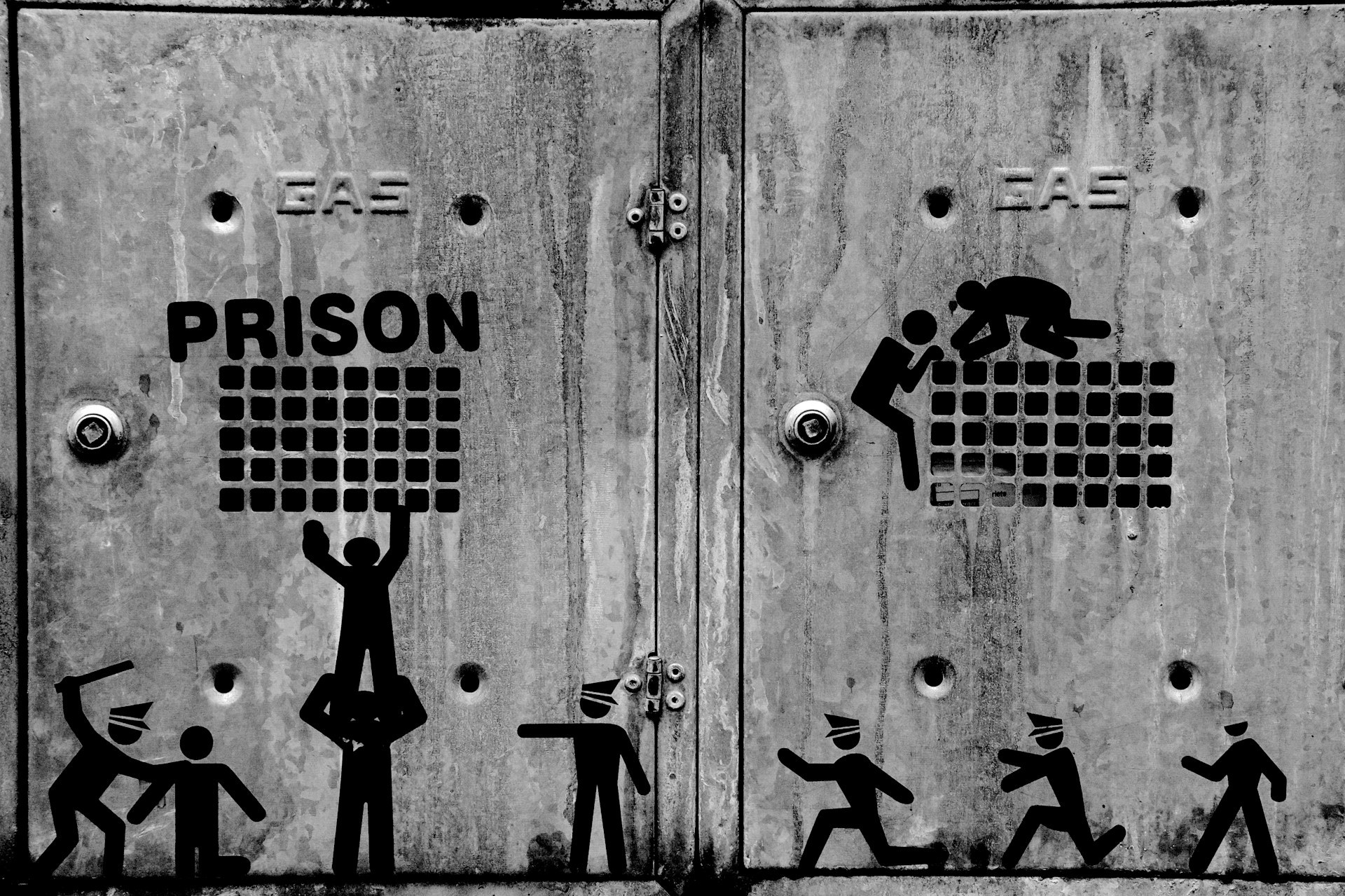The Prisoner’s Dilemma: What Game Theory Teaches Us About Leadership and Trust
In the world of game theory, few models are as simple and revealing (at the same time) as the prisoner’s dilemma.
At first glance, it’s just a hypothetical scenario involving two suspects, each faced with the choice to betray or cooperate. But dig a little deeper, and you’ll find a mirror reflecting many decisions from Cold War diplomacy to the way impalas groom each other on the African savannah.
So why should leaders and productivity nerds care?
Because the prisoner’s dilemma isn’t just about criminals or countries. It’s about how we make decisions in an uncertain environment.
 |
|---|
| Photo by Paolo Chiabrando on Unsplash |
Cooperation vs. competition
Imagine two leaders in a company. Each wants to maximize their team’s success. They can either collaborate by sharing resources, ideas, and credit, or compete, hoarding information and undermining each other. The competitive route might offer short-term wins, but over time, it erodes morale and innovation.
This is the essence of the prisoner’s dilemma: individual gain vs. collective good.
During the Cold War, the U.S. and Soviet Union were locked in a high-stakes version of this game.
At first, both sides kept building up their nuclear weapons, afraid the other might attack. But over time, they saw that constant threats led nowhere. So, they began working together: not out of idealism, but because cooperation simply made more sense.
Axelrod’s experiment
Professor Robert Axelrod did a groundbreaking experiment: he invited researchers all over the world to submit strategies for repeated prisoner’s dilemma games.
What were the rules?
- Two players face off over multiple rounds with the goal of maximizing their points.
- In each round they can either cooperate or defect.
- If both cooperate, they each earn 3 points.
- If one defects while the other cooperates, the defector gets 5 points, and the cooperator gets 0.
- If both defect, they each get 1 point.
While defecting can offer short-term gains, especially if you predict the other will cooperate, repeated rounds change the game. Trust becomes essential, because constant defection leads to poor results for both, while consistent cooperation benefits everyone.
The power of “Tit for Tat”
There were a lot of different strategies submitted. Some of them had complex rules about retaliation and trying to be sneaky.
But, the surprise winner was a simple algorithm called Tit for Tat.
Here’s how it works:
- Start by cooperating.
- If the other player defects, retaliate.
- If they return to cooperation, forgive.
This strategy wasn’t the most aggressive or the most complex. But it was clear, fair, and resilient. It showed that trust outperforms manipulation.
For leaders, this is good news.
It’s a reminder that consistency and a willingness to forgive can build strong, productive relationships. And this is even true in competitive environments.
Noise, forgiveness and real life
Axelrod’s research also introduced an important twist: noise. In real life, misunderstandings happen. Emails get misread. Intentions get misjudged. If we retaliate every time something feels off, we risk spiraling into conflict.
That’s where forgiveness becomes an asset. By allowing a margin for error, we create space for trust to grow (even when things aren’t perfect all the time).
Whether you’re leading a team, or navigating personal relationships, the prisoner’s dilemma offers a powerful lesson:
Cooperation isn’t weakness. It’s wisdom.
In a world full of complex choices, the strategies we choose ripple far beyond ourselves. So let’s choose wisely.
Let’s lead with clarity, respond with fairness, and build systems where trust can thrive.
Because in the long run, the best outcomes come not from winning alone, but from winning together. …
